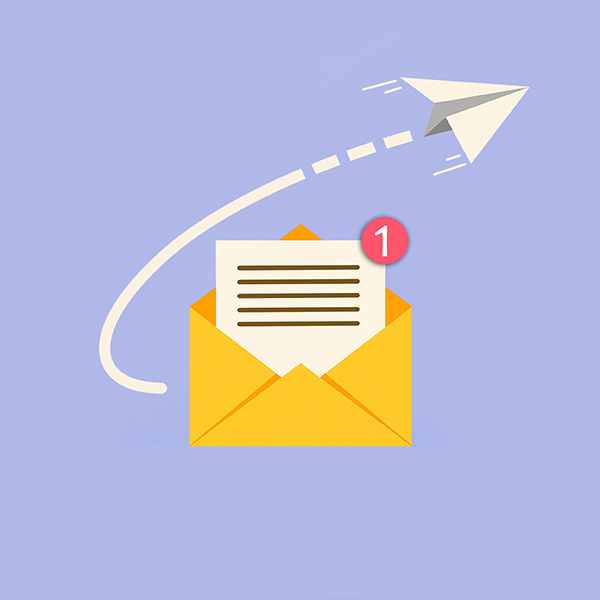6 Segments You Might Not be Segmenting

Email is one of the biggest drivers of sales, especially in ecommerce.
Retailers, however, aren't the only professionals who can segment their email lists to re-engage recipients, encourage them to buy or earn their clicks. The following are six segments you might not be segmenting (but should).
Recent Openers
Those who recently took the time to open an email from a company but didn't click through showed interest and should be targeted again. Perhaps the reason why they didn't click through was the message fell flat, as in didn't include a call to action, failed to entice them, didn't render properly or countless other reasons. Look at the old message and try again!
Specific Device Users
Recent data showed that Android users are more likely to open emails from their device than iPhone carriers. By knowing their propensity to ignore messages, a business may want to adjust their subject line specifically for iPhone users, which may have to include an incentive. Of course this is just information from one study but there are other reasons to segment by device type which are mentioned here.
Churners
Companies with users who have completely lost interest in their brand, product or service should give it one last college try. The company can send them a survey asking them why they haven't conducted business with them recently (saying their feedback is valuable and there business is too) or they can incentivize them to come back, "We Miss You! Here's 10% Off" or "We Miss You. Need Some 1:1 Help?" offering a customer service rep to call them depending on the product type (e.g. this could work for software sales). If this last attempt des not work, they should be removed from the company's active list of people to market to.
Special Groups
While not all customers/clients will self-identify as a healthcare provider, member of the military or educator, there are indicators within email addresses. A brand can look for ".edu" email addresses for instance and send them education-oriented marketing messages which likely pique their interest more so for a broader audience.
Gmail Users
With 900 million active users, businesses would be wise to cater to gmail users apart from recipients using accounts from yahoo, outlook, etc. This is because many gmail inboxes are categorized by "primary," "promotions," "social" and "update" emails. When this change first occurred, many advised businesses to send emails asking recipients to move their messages into primary. It's doubtful many recipients followed those instructions. As they are more comfortable with the layout, users look for sales in their promotions tab, but getting into that primary position is still a coveted spot. A reminder to gmail users to move a message into primary might serve the business sender well. Another reason to segment by gmail users is because it's the credentials a lot of people use when signing on with social login. A business offering social login can encourage people to sign up by saying, "Log In With Your Gmail Account" to take advantage of whatever they're offering whether that's a whitepaper, promotion or something else.
Conducted this Action this Time Ago
Most businesses have high and low sales periods and users likely do too. For instance, if a person tends to open emails about a software product every January, this is likely when they have the budget to make purchasing decisions. By segmenting by action (open, click throughs, etc.) in a certain month, a business could start to get a good idea of what people need during that time and tailor messaging to fulfill that need.

Subscribe to Our Newsletter!
Latest in Marketing









